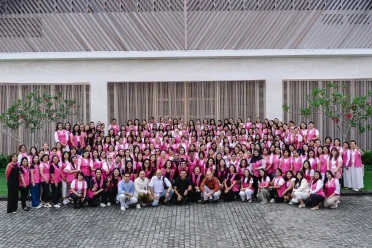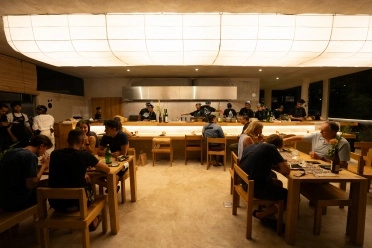While the essence of ‘Taksu’ is difficult to define in words, it is universally recognized as a form of divine inspiration that breathes life into artistic performances, leadership, and daily interactions among the Balinese people. Lets delve into the profound influence of Taksu and its role in shaping Balinese culture!
It is universally recognized as a form of divine inspiration that breathes life into artistic performances, leadership, and daily interactions among the Balinese people
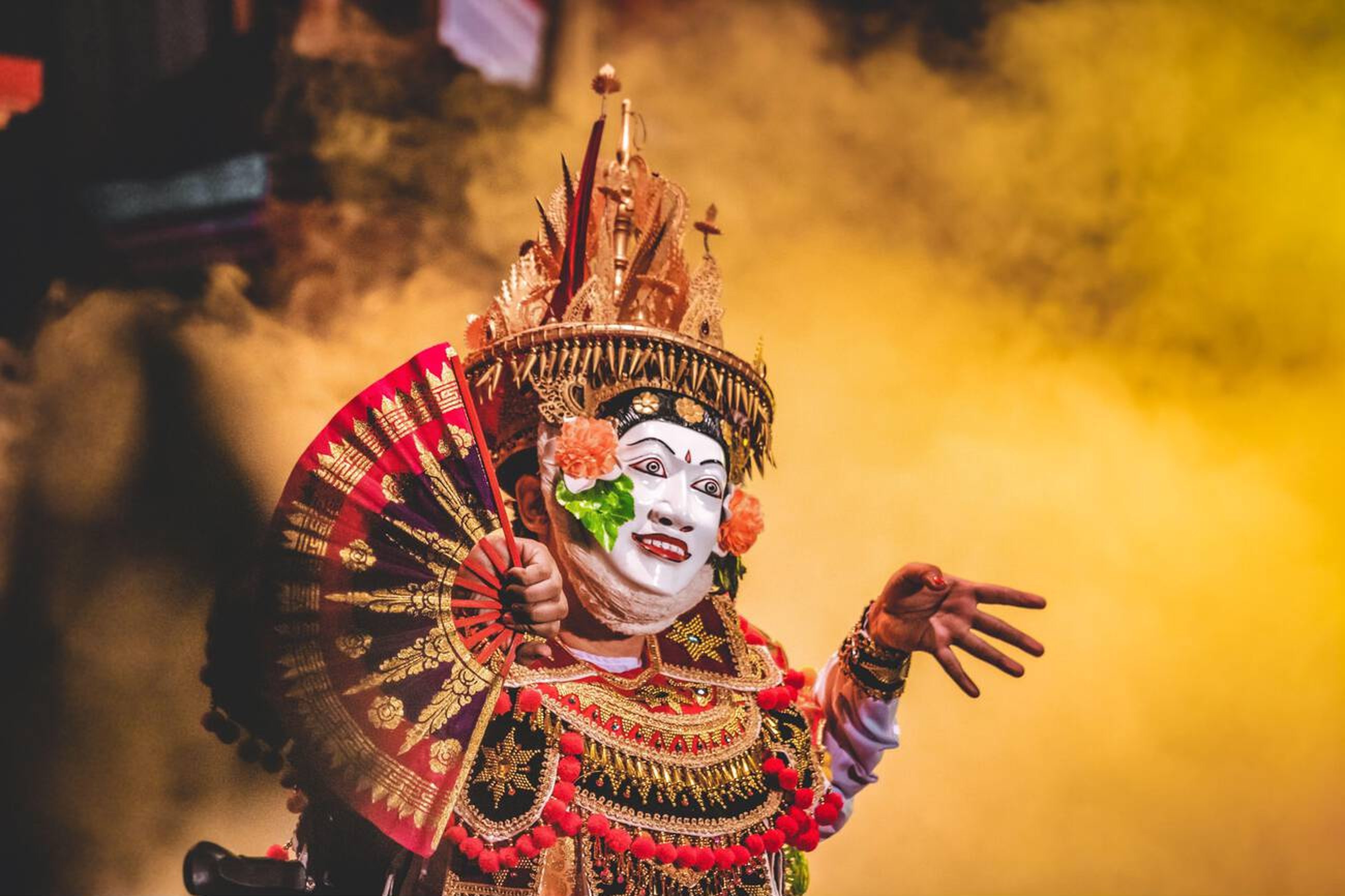
The Ancient Origins
The concept of Taksu has existed for centuries, deeply embedded in Balinese Hinduism and the island’s cultural practices. It is believed to originate from Ida Sang Hyang Widhi, the supreme deity in Balinese Hinduism, and is often associated with the divine power of Bhatara Siwa. Ancient Balinese texts, such as the Siwagama manuscript, reference Taksu as a sacred energy that transcends physical and spiritual realms.
In traditional Balinese society, Taksu was regarded as an essential attribute for artists, dancers, musicians, and even spiritual leaders. Those who possessed Taksu were seen as individuals capable of channeling divine energy through their craft, captivating audiences and inspiring devotion. This intangible quality was considered a gift, bestowed upon those who dedicated themselves to spiritual and artistic disciplines.
The Many Meanings
The interpretation of Taksu varies across different aspects of Balinese life. It is understood as a form of power, a place of worship, a sensory perception, and an embodiment of beauty beyond aesthetics.
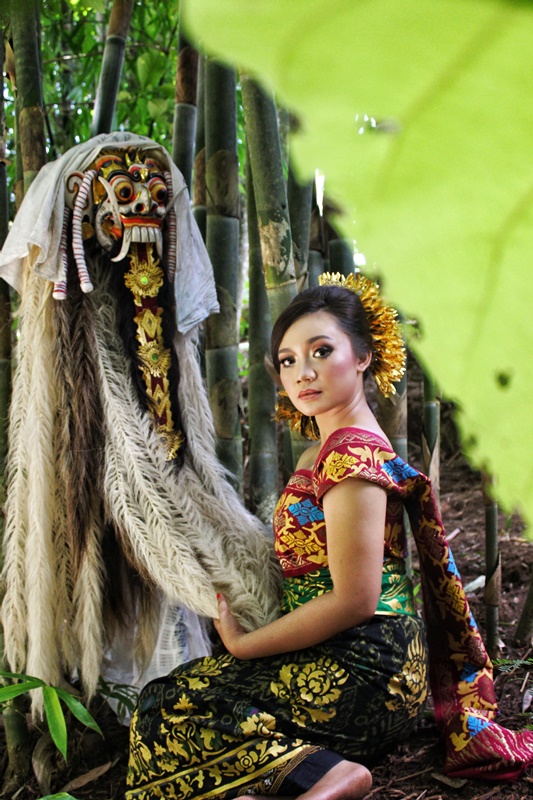
Taksu as Power
Taksu is often seen as a supreme energy that elevates one’s intellect and creativity. It enhances a person’s ability to perform with exceptional skill and presence, whether in arts, leadership, or spiritual practice. This energy is cultivated through devotion, meditation, and a strong connection to nature and the divine.Taksu as a Place of Worship
In a more tangible sense, Taksu also refers to sacred shrines within Balinese homes and temples. These shrines serve as spiritual centers where families honor their ancestors and seek guidance from the divine.Taksu as Sensory Perception
The term Taksu is derived from the Old Javanese word caksuh, meaning “eye.” This suggests that Taksu can be perceived through heightened awareness, allowing individuals to sense and interact with the world in a deeper, more meaningful way.Taksu as More Than Beauty
Taksu is often linked to beauty, but in a way that transcends physical appearance. It represents an inner radiance that combines artistic mastery with spiritual purity. This understanding is reflected in Balinese literature, such as the Kekawin Sumanasantaka, which describes the mesmerizing effect of Taksu in poetry and storytelling.
The Everlasting Influence
In traditional Balinese performances, such as dance and mask theater, Taksu plays a crucial role in connecting performers with their audience. The physical and spiritual synchronization required to achieve Taksu demands rigorous training, where balance between mind, heart, and body is essential. Performers move between sharp, direct movements and fluid, flowing gestures to generate a powerful energy that resonates with those watching.
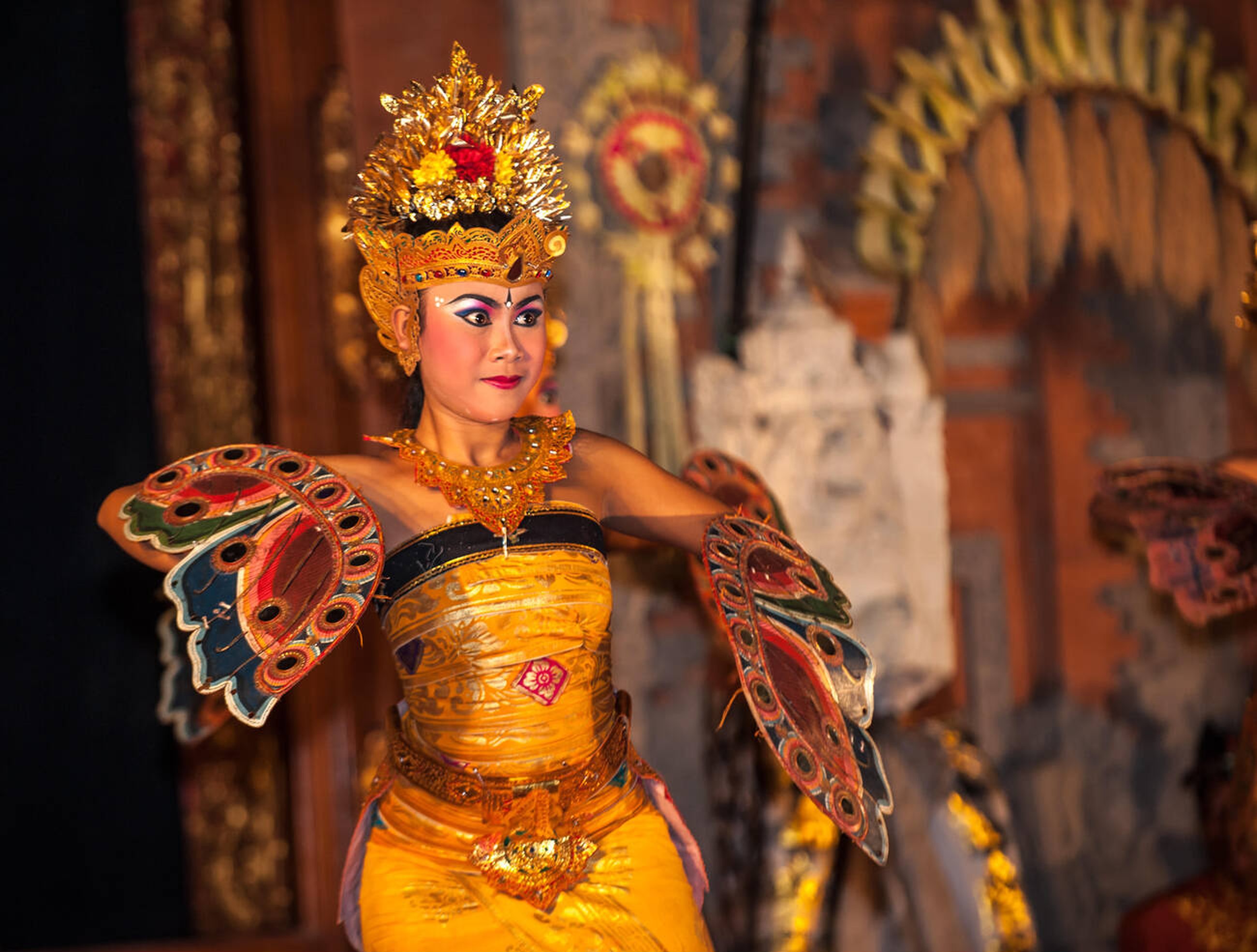
Beyond the arts, Taksu is also integral to Balinese daily life. Many Balinese people, often unknowingly, tap into this source of inspiration through their interactions, rituals, and communal activities. The philosophy of Tri Kaya Parisudha, which emphasizes purity in thought, speech, and action, reflects the essence of Taksu in personal and professional conduct.
In the modern era, Taksu continues to be relevant, influencing contemporary Balinese artists, spiritual practitioners, and even business leaders. While modernization brings new challenges, the Balinese remain deeply connected to their cultural roots, ensuring that Taksu is not lost but rather evolves with time. The presence of Taksu can still be felt in the island’s vibrant festivals, traditional ceremonies, and the unwavering hospitality of its people.
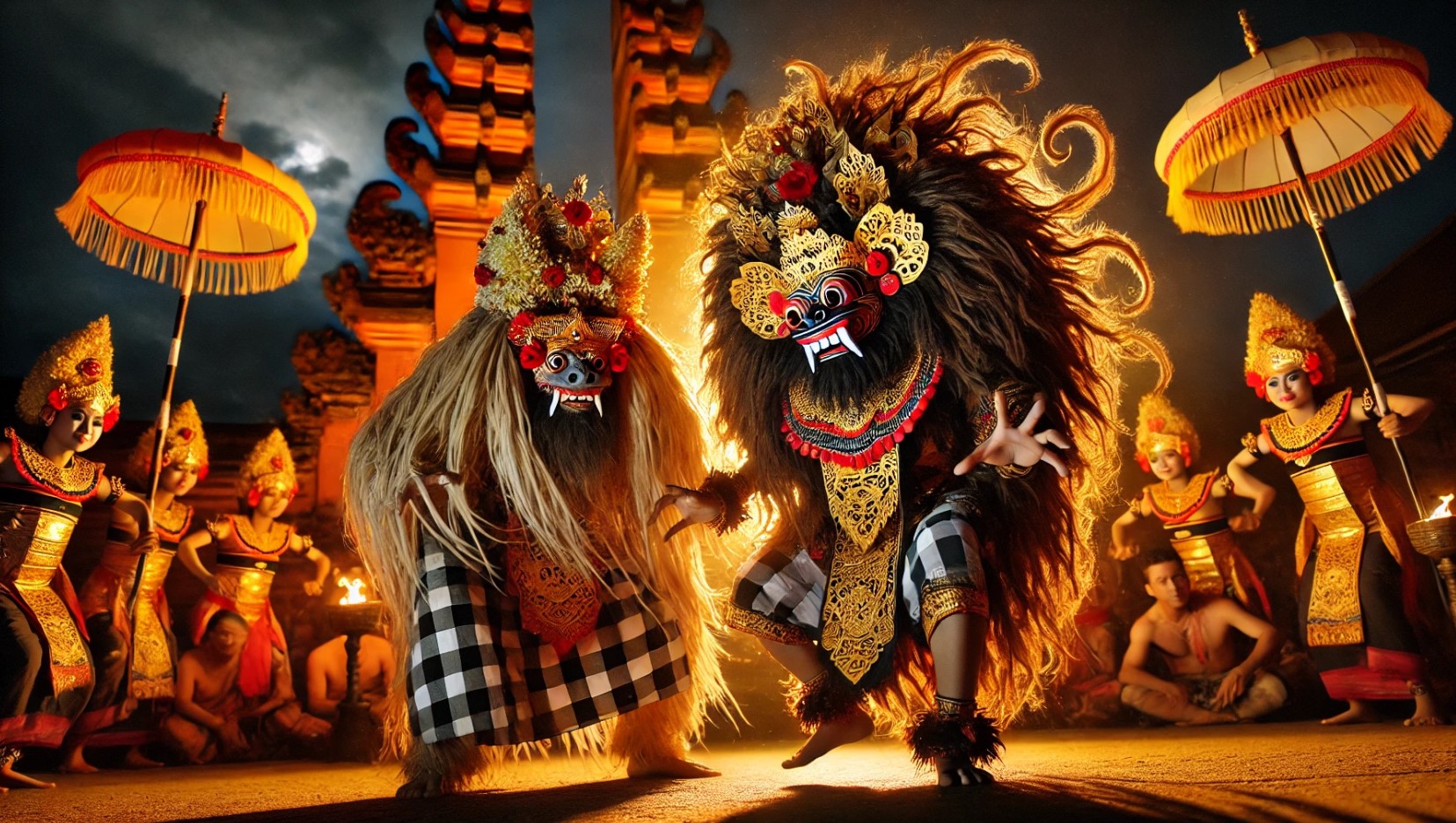
Until today, Taksu serves as a reminder for Balinese that true beauty and mastery come from within, shaped by devotion, discipline, and a harmonious connection with the universe. From the grandeur of a temple ceremony to the subtle gestures of everyday kindness, it remains a guiding force that enriches the soul of Bali and those who seek to understand its timeless wisdom.



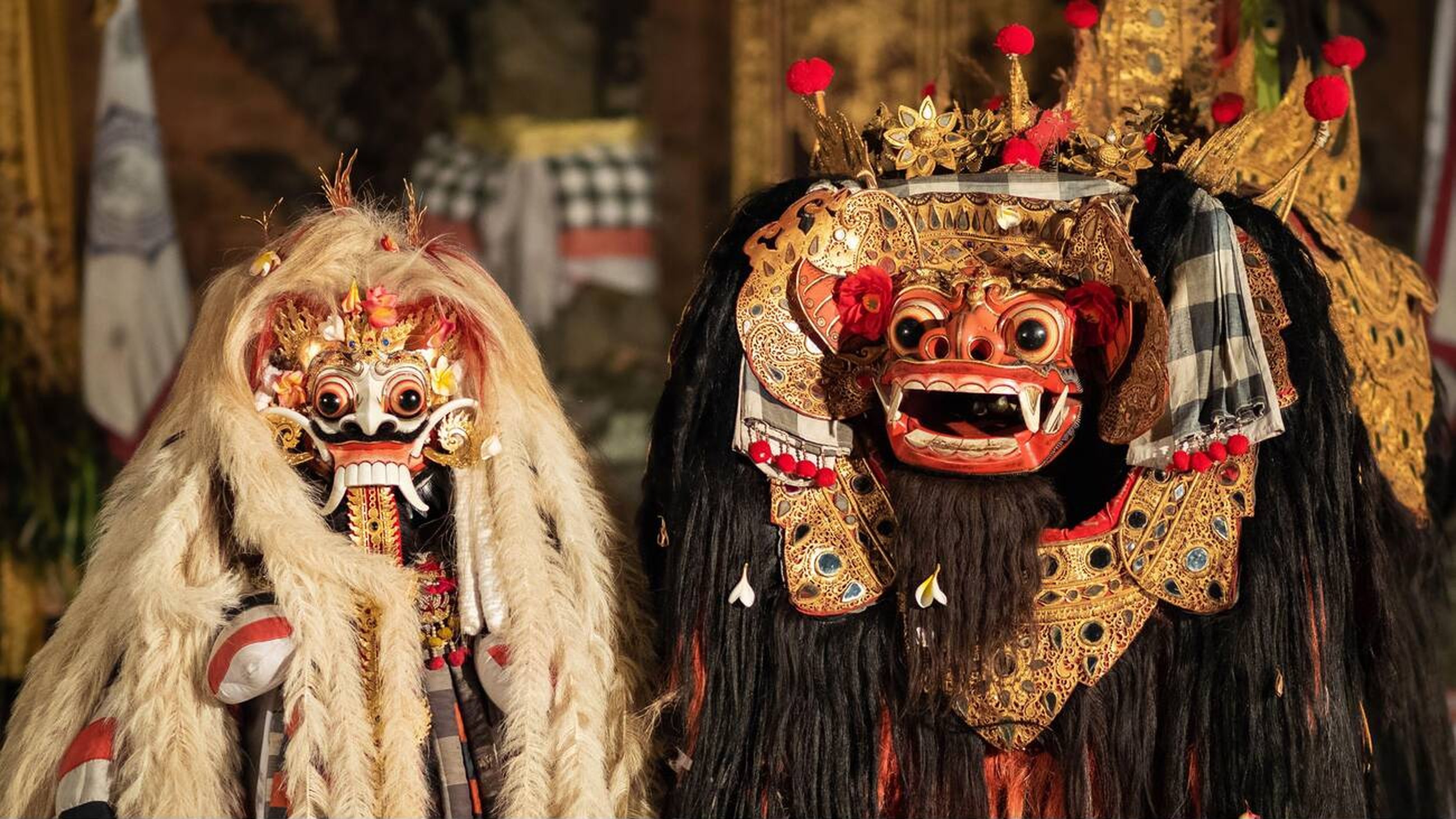
 Billy Bagus
Billy Bagus
 Feb 12, 2025
Feb 12, 2025




